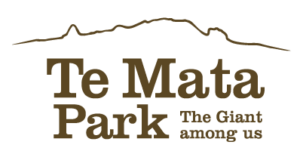Current Park Information Read More
In the Beginning
The sea floor was uplifted and tilted in stages. Many marine fossils remain in various areas on the peak.
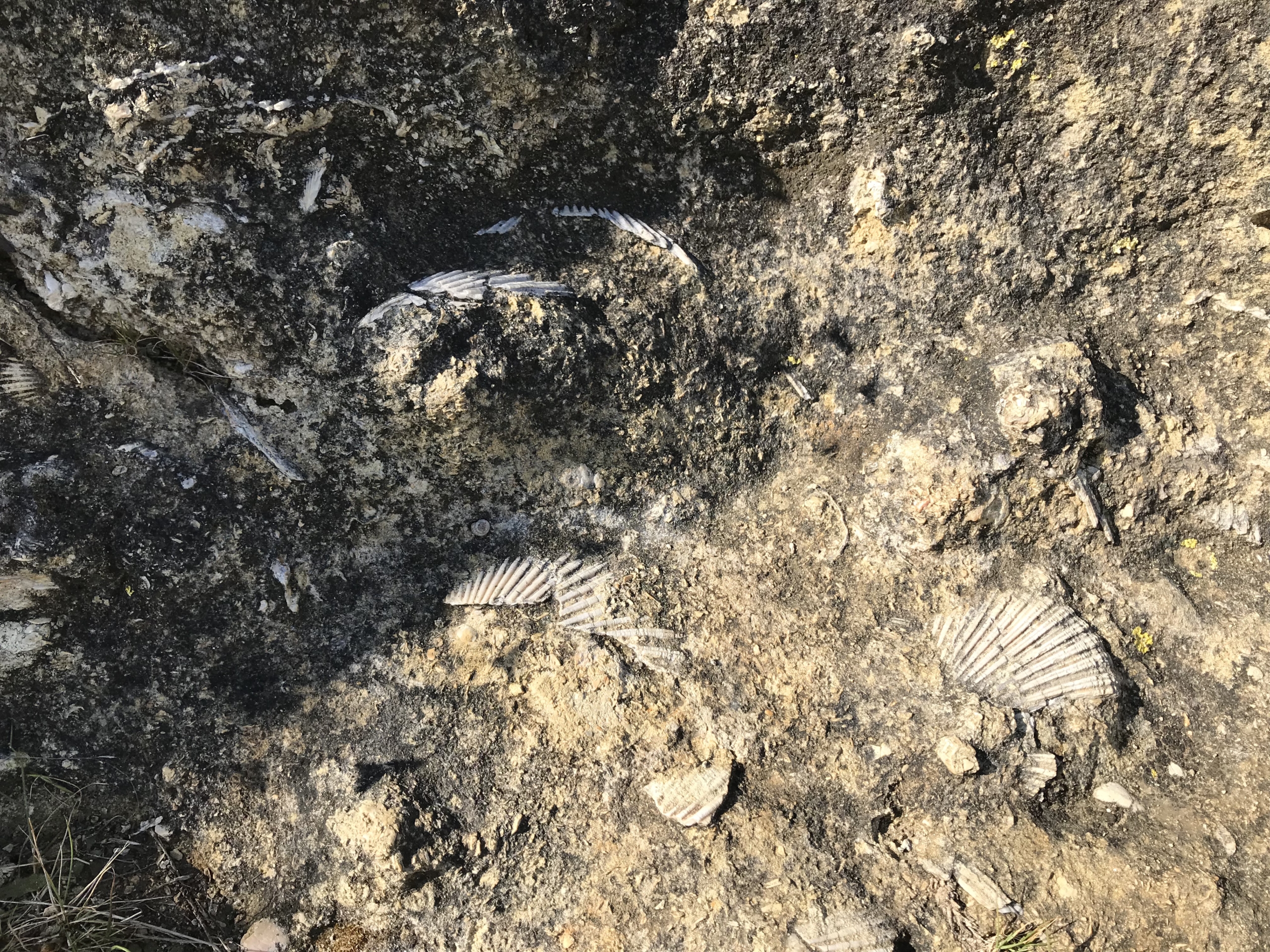
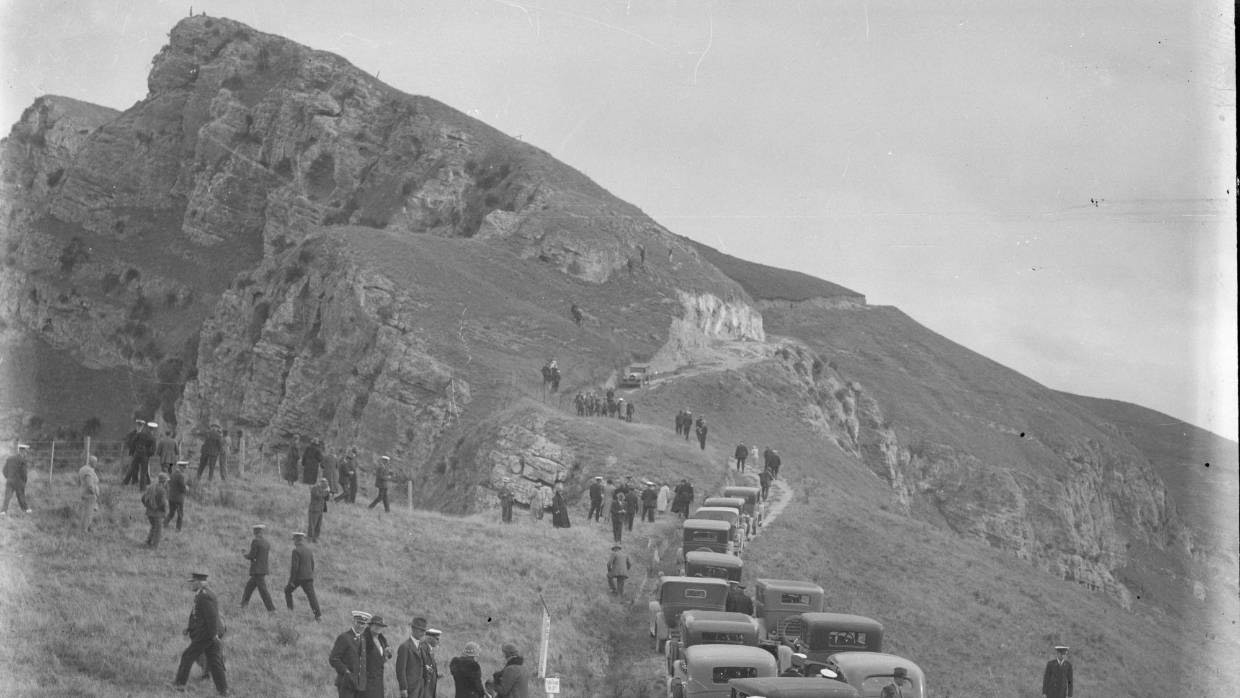
Whatungarongaro te tangata, toitū te whenua
“As man disappears from sight the land remains”
Current Park Information Read More
Te Mata Park is part of the land associated with the ancestor Te Rehunga of Ngāti Ngarengare, a sub-tribe of Ngāti Kahungunu. The Park has a rich human history spanning several centuries. The upper parts of the Park in particular have a strong cultural importance to Māori. There is evidence of past settlement including pā sites and other earthworks. The Karaka groves in the upper Te Hau Valley area and Moa bones found on the slopes suggest intensive Māori settlement.
Te Mata Peak is designated an “Outstanding Natural Landscape” in the Hastings District Council District Plan 6. Protection of the present landscape is given the highest priority in the Plan, which defines it as:
The sea floor was uplifted and tilted in stages. Many marine fossils remain in various areas on the peak.

“Between layers of time and periods of occupation, many events have shaped and populated the legends of Te Mata, the romantic stories in kōrero pakiwaitara, the old stories- kōrero tawhito and the older stories- kōrero neherā.”
– Heretaunga Marae Hapū
“It is the Rangitāne story held by the Waimārama people today that describes Te Mata Peak as one of the many ‘named pillars’. When looking along the Tukituki Valley towards Kairākau one can view the ascending peaks or pillars of a house, a place once inhabited by a giant eagle that cast its shadow [Haaro] as it flew. The importance of this kōrero is paramount to Waimārama mana whenua and the telling of it should come from them.”
– Heretaunga Marae Hapū
There is evidence of past settlement from this period, including pā sites and other earthworks. The Karaka groves in the upper Te Hau Valley area and Moa bones found on the slopes suggest intensive Māori settlement.
About the late 1300s, stories began to emerge of Rongokako, student of the Whare Maire (the school of the black arts) along with Paoa, a graduate of the occult knowledge under Tupai.
Taraia (5th generation descendent of Rongokako) arrives bringing the Kahungunu people into Heretaunga, lead by his generals, Te Aomatarahi and Te Kahutapere, and displacing the Rangitāne people.
Taraia led Ngāti Kahungunu to Heretaunga where they attacked Otātara. Through occupation, conquest marriage and mana (power, influence), the iwi expanded to dominate Hawke’s Bay and the Wairarapa. Otātara commorates the mana of Turauwha and Taraia and is linked through whakapapa to people and places throughout New Zealand.
Captain James Cook sighted New Zealand on 6 October 1769, and landed at Poverty Bay two days later. He drew detailed and accurate maps of the country, and wrote about the Māori people. His first encounter with Māori was not successful – a fight broke out in which some Māori were killed. However, after this Cook and his men are reported to have had friendly contact with Māori.
The Waikato Māori are said to have invaded the Te Mata area, and the Ngāti Pare tribe, which lived along the range as far as Kohinerākau (Mt Erin), made its last stand at Pakake on the western spurs of Te Mata Peak. The women and children who were spared went to the top and held a tangi, looking toward Cape Kidnappers and cutting their faces and bodies with mata (sharp flints). They were then taken to Waikato.
Chiefteness Winipere was also captured and recited a lament as she said farewell to Heretaunga from Te Mata Peak; this song was well known by elders as a tangi chant.
The grove of 223 stunning California redwoods (Sequoia sempervirens) was planted in 1926 and many are now over 40 metres tall. The Chambers family were great experimenters with tree planting and, having generally favoured eucalypts, decided to try a conifer species. Noting the similarities between the climates of Hawke’s Bay and coastal California, they decided to plant a large grove of redwoods. Native to America and the tallest of all trees, the redwood is an evergreen and extremely long-lived tree with a life span of 2,500 to 3,500 years.
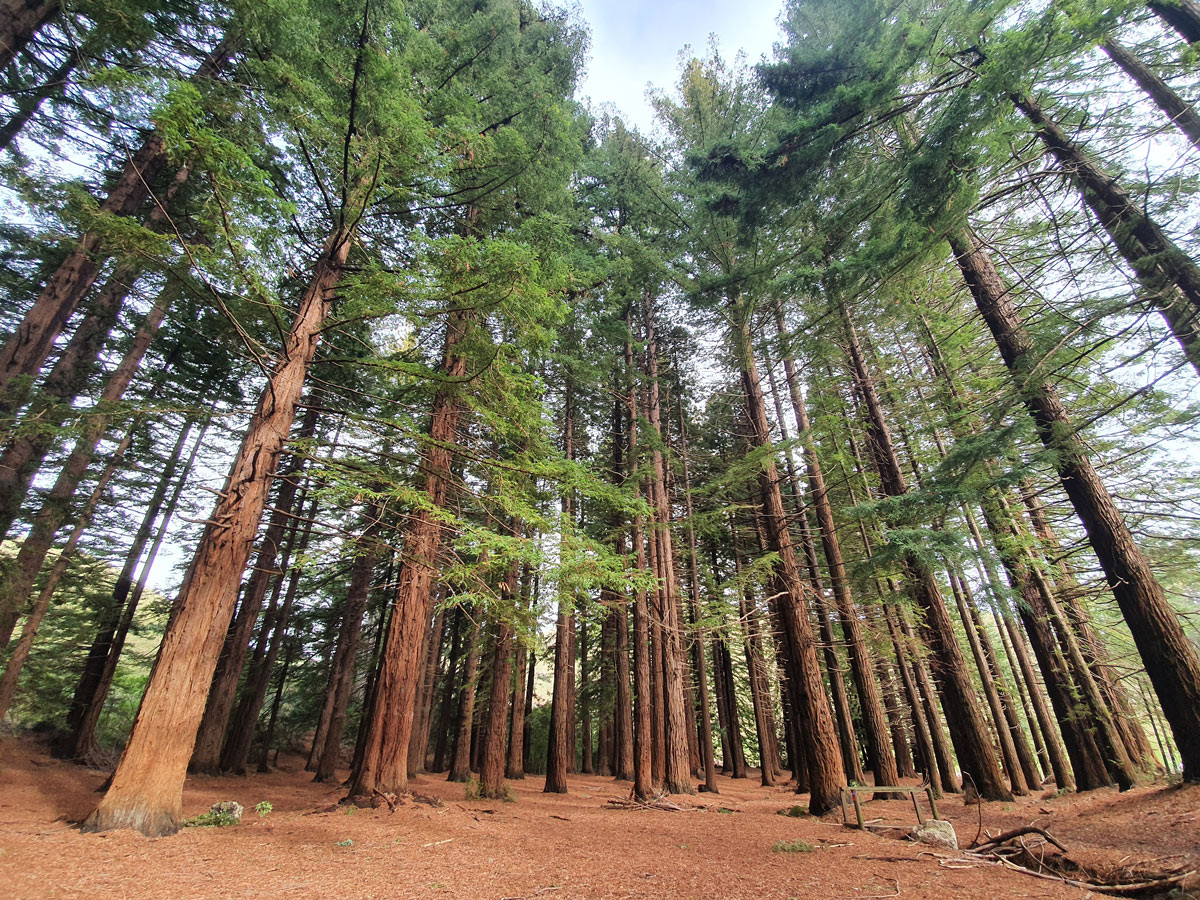
As a memorial to their father, John Chambers’ sons gifted a 242 acre (99 hectare) reserve on the upper Havelock North hills, including Te Mata Peak, to the people of Hawke’s Bay in perpetuity. A charitable trust was set up for the benefit of all citizens of the provincial district of Hawke’s Bay with the intention of maintaining the land as a recreational reserve. This generous and forward thinking gift has benefitted not only the people of Hawke’s Bay, but the New Zealand public in general.
Peak House was built and opened as a tearooms, becoming a popular Hawke’s Bay destination.
In 1977, Te Mata Park was placed under a Queen Elizabeth II National Trust (QEII National Trust) covenant to ensure permanent protection of this iconic landscape. The purpose of this covenant is to promote the provision, protection and enhancement of open space, for the benefit and enjoyment of all people in New Zealand.
Mana Whenua Roopu was established to sit alongside the Trust Board in a co-governance position. Their input is invaluable to the projects and management of the Park. One member of the mana whenua roopu will also be appointed to the Trust Board in 2020, and the Trust Deed has been adjusted through the High Court to reflect this change.
With the help of the community, the Trust Board purchased 8.5 hectares of land between the Tauroa and Main Gated Car Parks, adding new space for walking, biking, and exploring and growing the park to a total of 107.5 hectare.
The purchase of the new land allowed for the development of a rongoā garden (plants used in Māori medicine). This will be an easily accessible garden that visitors will be able to walk through and learn about plants used traditionally as rongoā. With an ever-growing interest in rongoā Māori throughout the rohe, such an accessible resource will be an asset to the community.
As the Park approaches its first 100 years, the Trust Board is looking ahead to the long term, the next 100 years, ensuring that the Park is enhanced and protected for our future generations for many years to come.
 Five times winner of the prestigious international green space award.
Five times winner of the prestigious international green space award.
© 2020 Te Mata Park Trust | Privacy Statement | Website by Caddie
